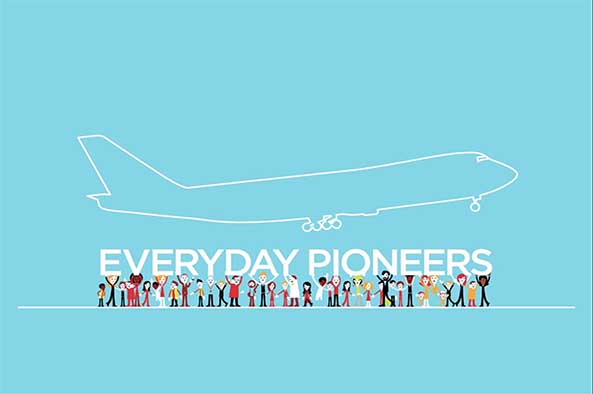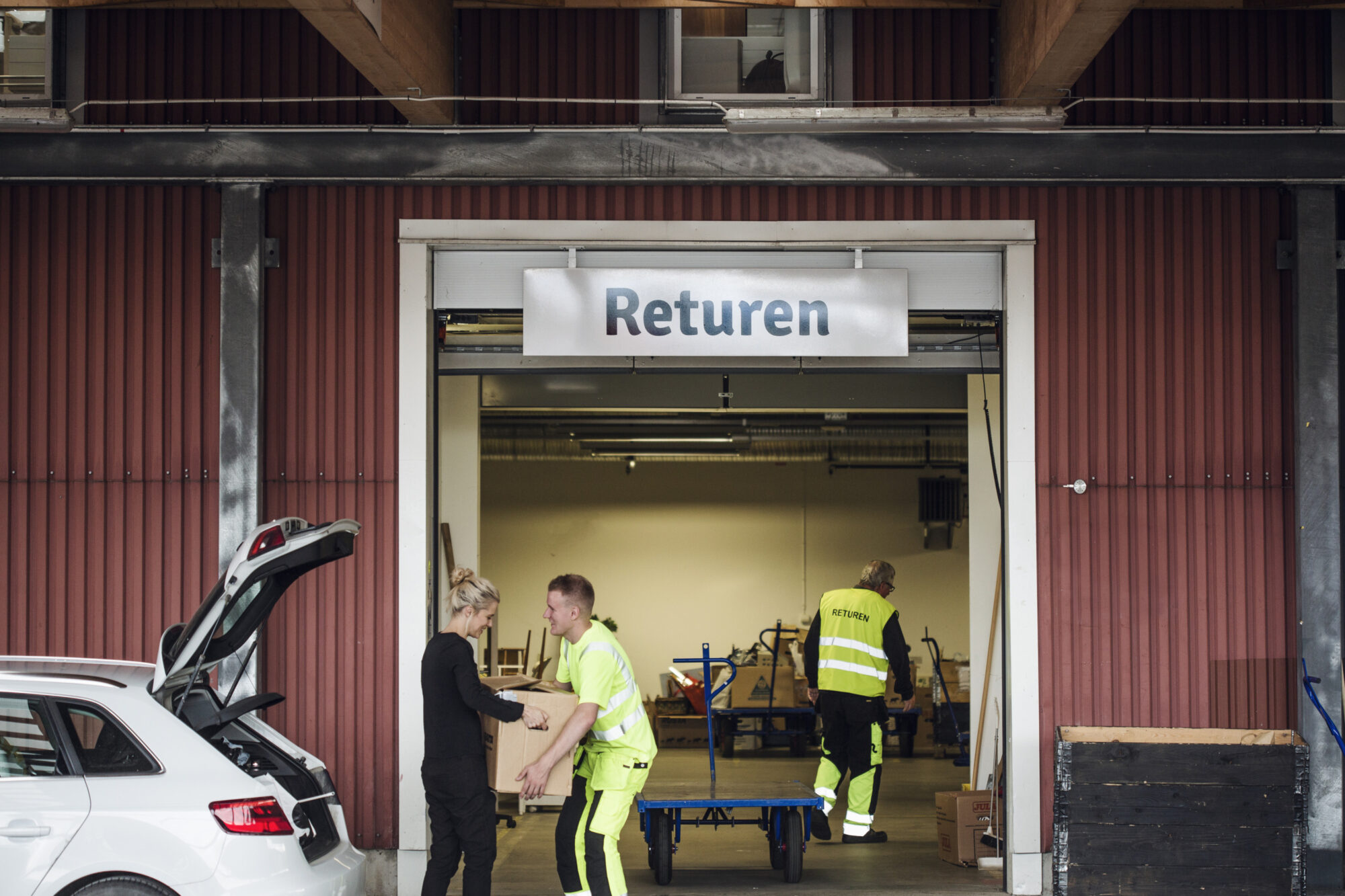
by Paul Simpson — Sep 13, 2021
When we talk of survival skills, we probably envisage an adventurer such as Bear Grylls, stranded alone in some remote wilderness, starting a fire with some twigs. Leading environmentalist John Thackara would like to change that. If we are to avoid turning this planet into a barren, devastated wilderness, he believes we need to acquire a new survival skill: to think systemically about climate change. As he says: “We are making infinite demands of a world with a finite carrying capacity. That needs to change. Our understanding of the way our actions impact the environment needs to become as common as our understanding of how to ride a bike.”
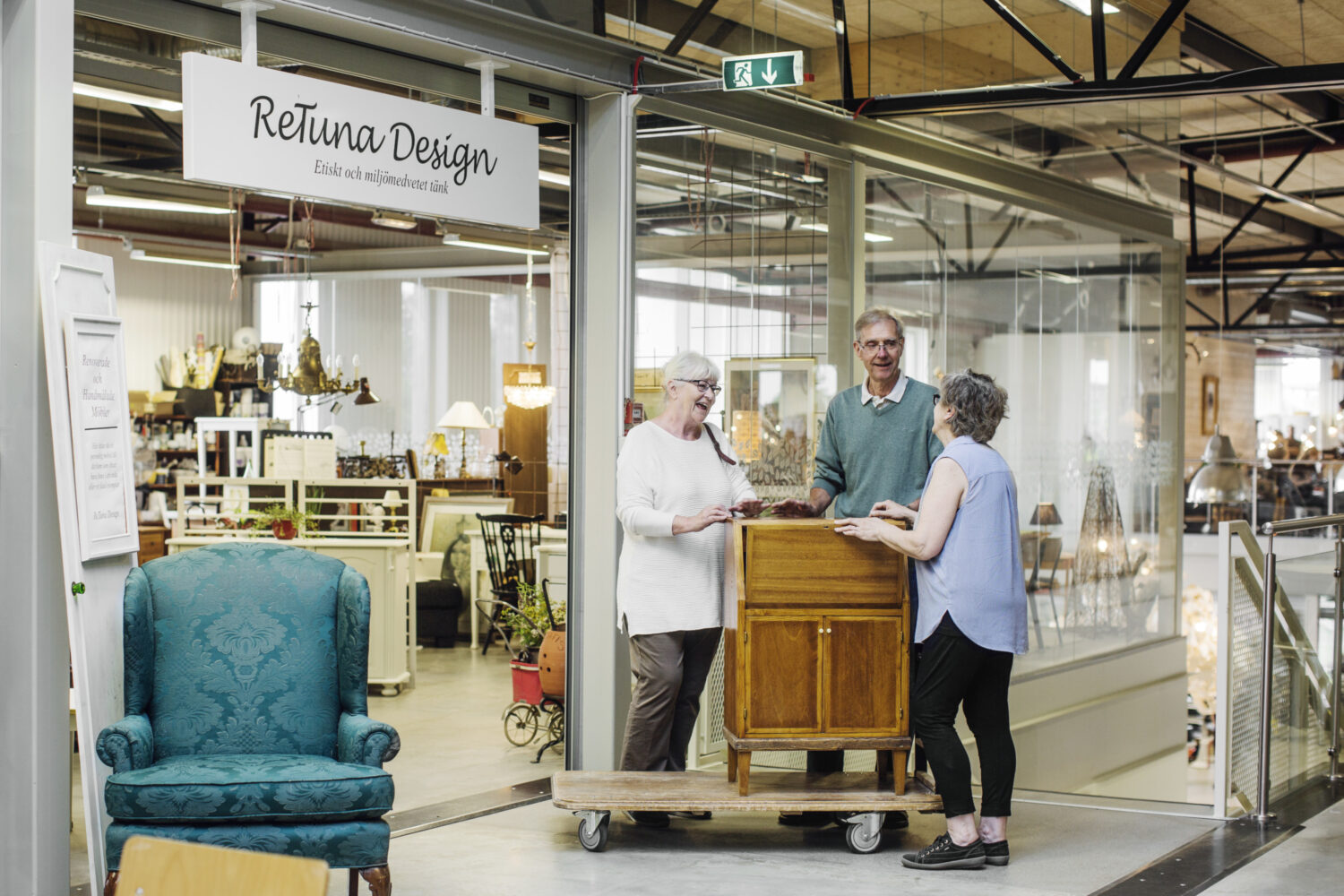
Thackara has campaigned on these issues for decades. He argues that, only through systems thinking, can we comprehend the true threat posed by climate change and move beyond the kind of incrementalism with which many organisations currently approach it: “Taking pride in polluting less is a bit like a burglar asking for leniency because he doesn’t break into as many homes as he used to. We need to move on from ‘do less bad’ to ‘leave things better’”.
Colour the crisis ‘Code Red’
A recent report by United Nations secretary-general Antonio Guterres warned that climate change had become a ‘Code Red’ for humanity. The report will inevitably frame debate when world leaders attend the United Nations Climate Change Conference (COP26) in Glasgow this October.
“The environmental crisis has become too urgent for us to focus on a single cure. Renewable energy, electric vehicles, new carbon capture technologies will all form part of the solution but, even if you combine them all, they are not the entire solution,” says David Kester, founder and managing director of the Design Thinkers Academy London, which, in partnership with the Carbon Trust, is running an online Design Sprint Camp on climate change this autumn to explore how design thinking can help us achieve net zero and save the planet. Kester says:
“We need to understand climate change on a systems level to ensure that our interventions have the most impact, that we anticipate the implications of our innovations before we launch them and that, by thinking holistically, we encourage deeper collaboration.”
Systems thinking may be a new discipline but we are all instinctively aware of the complex systems that shape our lives and how they sometimes interact in unexpected ways. The practice of design is rooted in creatively solving problems in ways that meet people’s needs, both expressed and unexpressed needs. Systems thinking does not replace that approach, says Kester, it makes it more effective by setting those innovations in the context of the bigger picture: “If we understand how different elements of the system influence each other, we can use that dynamic to drive innovation, create more effective solutions and, because we understand the implications of change, make better decisions.”
This is particularly pertinent because, as we seek to create a more sustainable lifestyle, we are presented with many options that have counterintuitive consequences. The global switch to electric vehicles is a case in point. The vehicles themselves may be kinder to the environment – especially when it comes to urban air quality – but the environmental benefits can be diminished, or even erased by such factors as how the electricity is generated (it could be from coal or gas) and when and where it is generated. Research by Matthew J. Kotchen, professor of economics at Yale, noted in 2018 found that, taking all “in many Upper Midwestern states [of America], an electric car generates more CO2 emissions than the average economy car.”
Saying that we need to think about climate change systemically is not the same as saying we can do nothing until we reform the entire system. Thackara says: “Millions of experiments to meet our daily life needs are happening across the world. There is an opportunity for us to seek out these projects and help them thrive and interconnect. The Nobel Prize-winning physicist Ilya Progine expressed this beautifully:
“When a system is far from equilibrium, small islands of coherence have the capacity to shift the entire system. So that must be our priority – to develop islands of coherence and connect with other islands as the need arises.”
Welcome to Eskilstuna, the global capital of recycling
One such ‘island of coherence’ has evolved in Eskilstuna, a city about an hour’s train ride from Sweden’s capital Stockholm. With a population of around 100,000, Eskilstuna is home to the first shopping mall in the world that only sells repaired, restored and recycled goods. Called ReTuna – ‘tuna’ is the town’s local nickname – the two-storey mall now attracts 250,000-300,000 shoppers a year. In November 2020, IKEA, the world’s largest furniture retailer, opened its first second-hand store there.
Ten years ago, Eskilstuna was a city in decline. The narrative is familiar from the rustbelt in America’s Midwest, English regions and the Ruhr in Germany. Traditional industries, particularly steel, were shrinking. Unemployment and crime were rising. Rather than accepting decline as inevitable, the council decided to rebrand Eskilstuna as an ecocity. Adopting a climate plan in 2012, the city now runs its public buses and cars on biomass energy and electricity, uses low-carbon heat and power plants and, as part of an innovative waste-sorting system, has a thriving mall where residents drop off unwanted goods for recycling.
“Some 10-15 years ago, our political leaders began discussing how to create a city where people want to spend their lives,” says Sofia Bystedt, manager of ReTuna mall. “Their discussions focused on three issues: education, jobs and sustainability.”
A new university and the city’s emergence as a logistics hub helped address two of these issues. Sustainability was a more complex problem, requiring residents, businesses and public sector organisations to collaborate.

ReTuna
During the debate about the climate change plan, the idea was floated of opening a mall filled with regular shops that only sold reused, repaired and recycled products. Construction began in August 2014 and on ReTuna’s first day of opening – 28 August 2015 – the mall attracted 6,000 visitors.
The aim was to encourage sustainable shopping and educate the public. To that end, the mall offers a one-year course on recycling and design and runs lectures, workshops and tours. Breaking even in 2018, ReTuna has, so far, created 50 jobs.
ReTuna’s location – out of the town centre, adjacent to a waste depot – may sound odd, but as Sofia Bystedt explains, it makes perfect sense: “What we’re trying to do is reduce waste in the community and inspire a circular economy, so we nudge people. We want you to donate before you go to the recycling centre, but it’s your choice, you just have to decide whether to turn right or left. If you go to recycling, we will take care of everything you have, but again, we like to nudge people. A depot employee might say ‘That’s a really nice chair. Are you sure you want to get rid of it? We can use it in our mall.”
“If you go to the reuse depot, we will also take care of whatever you have – whether it’s a sofa, something electronic, or a vase. We will then sort it – we know what items each shop is looking for – and the store will take care of it, repair it, clean it and reuse it,” she adds.
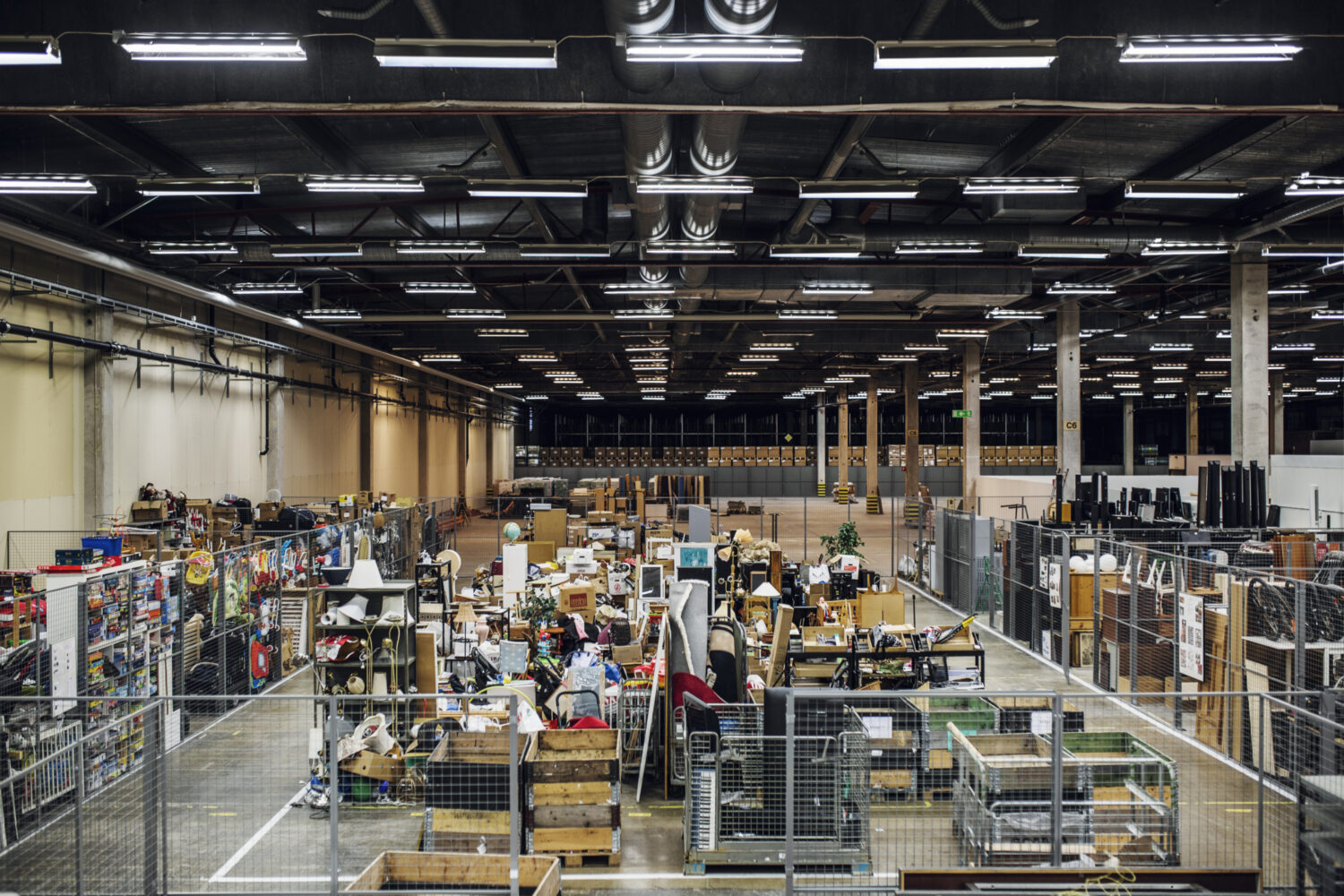
The mall does not pay for unwanted goods, partly because, she says, it doesn’t need to. “People feel good that they are not wasting their furniture or textiles or whatever. They love donating because they are concerned about climate change.”
Before ReTuna opened, some locals had preconceived ideas about the mall, suspecting it would be dirty and smelly. When they began shopping, they were astounded to discover that the mall, in Sofia Bystedt’s words, “is not a flea market. We can offer the same look and feel as high-end retailers and brands like Hugo Boss and Versace.”
You can buy all manner of things at ReTuna – clothes, smartphones, toys and treats for your pets – but you can’t buy anything new. Anyone who wants to open a store at the mall has to agree a business plan with Sofia Bystedt’s team and explain how they plan to reuse and resell products.
That high-end feel has been critical to the mall’s commercial success, which, she explains, is critical to the project’s success.
“What we are trying to do here is not just to save the world and advance he circular economy but prove that this is a good business model.”
Other Swedish local authorities – and a few foreign councils – have studied the mall’s success and other such projects will probably emerge in Sweden, Oslo in Norway and Vassa in Finland.
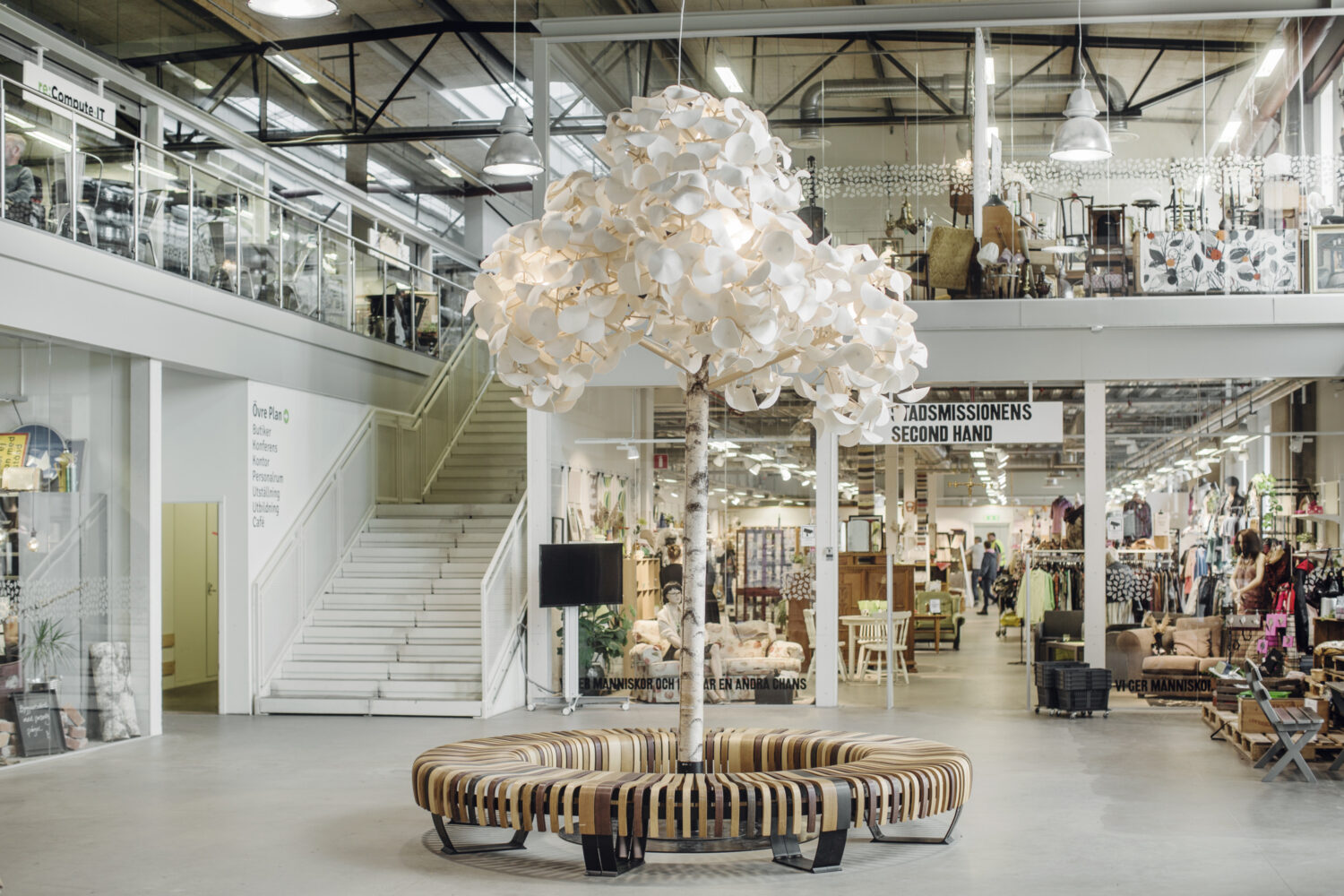
The second-hand goods boom
IKEA’s decision to open a second-hand store at ReTuna is a striking endorsement of the mall’s business model. The furniture giant has ambitious environmental goals – it aims to halve the carbon footprint of its entire value chain by 2030 and achieve net zero by 2050 – but the move is also grounded in hard commercial logic.
Over many years, eBay became the place to sell something you no longer wanted. The fashion marketplace app Depop, launched in 2011, has helped make reselling cool, especially with Generation Z consumers. Other notable brands and stores such ae COS, Gucci, Levi and Patagonia have moved into second-hand goods. Second-hand fashion, already estimated to be a $30-40bn market globally is forecast to grow by 15-20% over the next three to five years.
The business case for IKEA’s presence at ReTuna is compelling – it expects sales of second-hand furniture in Sweden to grow four times faster than sales of new furniture. Jonas Carlehed, IKEA’s head of sustainability, says the company has plenty to learn from ReTuna: “The mall has lots of knowledge of customers’ thoughts on second-hand retail and of what triggers them to donate products.”
ReTuna and the reuse and recycling centres are owned by Eskilstuna Energy och Miljö (EEM) which, in turn, is owned by the council. This ownership structure helped nurture the project’s birth pangs with the mall using local government subsidies to discount retailers’ rents. Since 2018, when ReTuna generated more than £1m in annual sales for the first time, the mall has been self-financing.
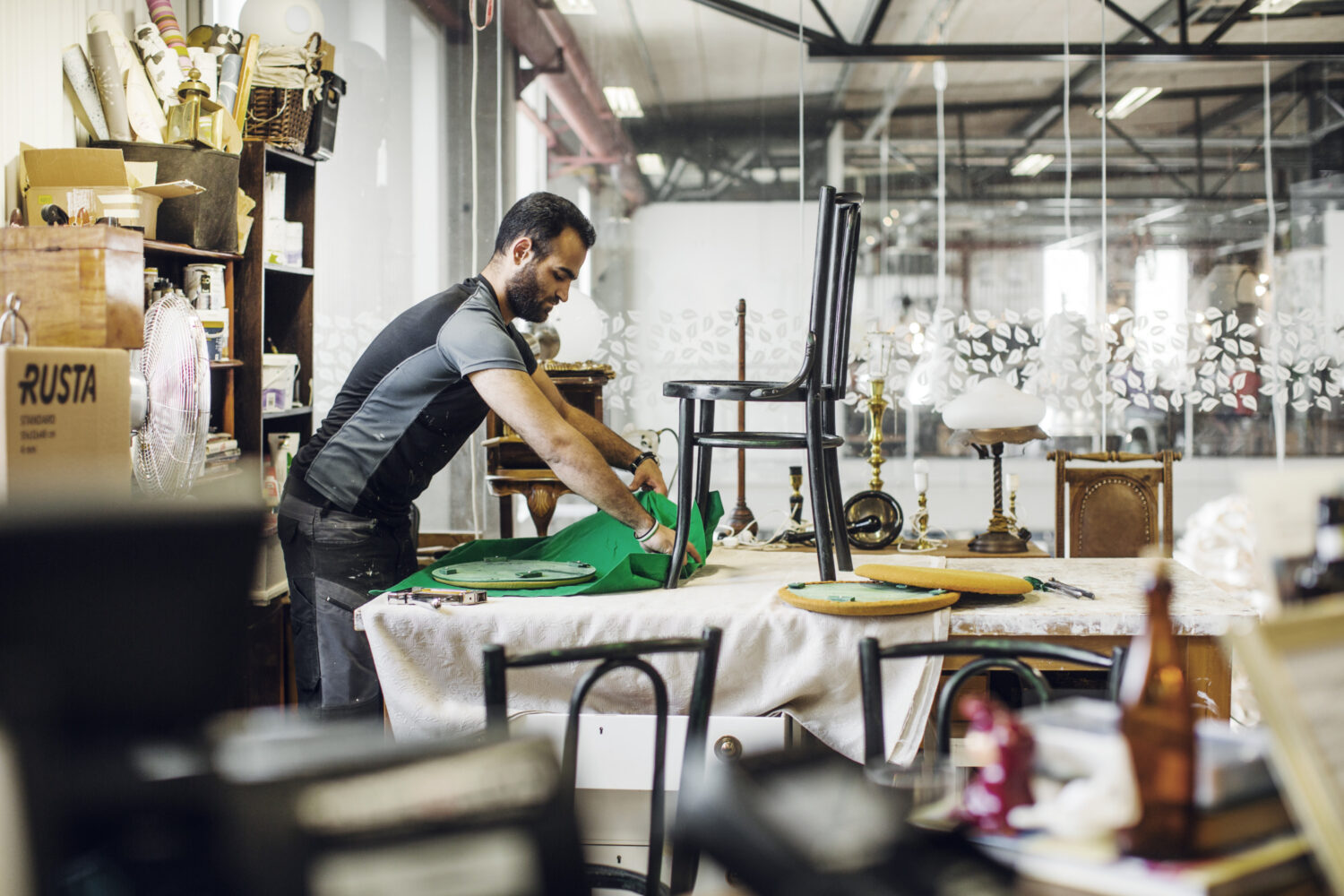
That ownership structure has also helped the council, energy company and the mall think systemically about reuse, repair and recycling. Eskilstuna has one of the most sophisticated waste collection systems in Europe. Lower taxes encourage residents to sort their household waste into seven categories. Even food waste is recycled and sold back to residents as compost.
The beauty of ReTuna lies in its simplicity. The system is designed to extend beyond the store. Persuading consumers to change their behaviour to be kinder to the planet is critical – but notoriously difficult. The sheer convenience of ReTuna encourages individuals to take responsibility for their own carbon footprint.
After being hailed by The Guardian as the ‘world capital of recycling’, Eskilstuna is emerging as a hub for environmental innovation. A similarly systematic approach to transportation is on course to cut the town’s carbon dioxide emissions by 75% by 2025. In May, Volvo, a large local employer, announced it will open its first hydrogen fuel cell test lab there, a key step in the car maker’s aim of becoming fossil-fuel free by 2040.
Having the world’s first shopping mall dedicated to reused, repaired and recycled goods has not magically resolved all of Eskilstuna’s social and economic problems but it has revitalised the town. As ReTuna manager Sofia Bystedt says: “Everyone is involved in this – the council, the energy company, the businesses here at ReTuna and the citizens – and we are all connected to each other. No one is bigger or better than anyone else because we know we must collaborate and do this together.”

From mindless development to mindful design
If the low-carbon shopping revolution is to help save the planet, we need chains of ‘islands of coherence’ such as ReTuna to span the globe. They could certainly do with such malls in America, which throws away around 12 million tonnes of furniture and furnishings every year – three quarters of which ends up in landfill.
America is hardly unique, although ‘fast furniture’, akin to the choose, use, dispose ethos of ‘fast fashion’, has become disturbingly popular there. In contrast, if someone buys a recycled sofa from ReTuna, instead of a new one, they will save around 90kg of carbon dioxide equivalents.
ReTuna is an example of what Thackara terms ‘good growth’ – a “growth in design mindfulness, instead of mindless development”. The mall also demonstrates why he believes that ‘good growth’ – and environmental sustainability – is best addressed from the bottom up rather than from the top down.
One particularly heartening aspect of Eskilstuna’s mall is that so much has been achieved on an initial public investment of around £1.6m (including subsidies), suggesting that such initiatives are financially feasible for cities and towns of all sizes, with all kinds of budgets.
“The collaborative integrated system in Eskilstuna, which lies behind ReTuna, may be exceptional,” says Kester, “but their success can inspire the big players – brands, retailers or e-commerce platforms – to lead a responsible revolution in the way we consume. They have proved that this new model is financially and commercially viable, that there is an appetite for change and that, if you think systemically about climate change, you can make a meaningful difference.”
